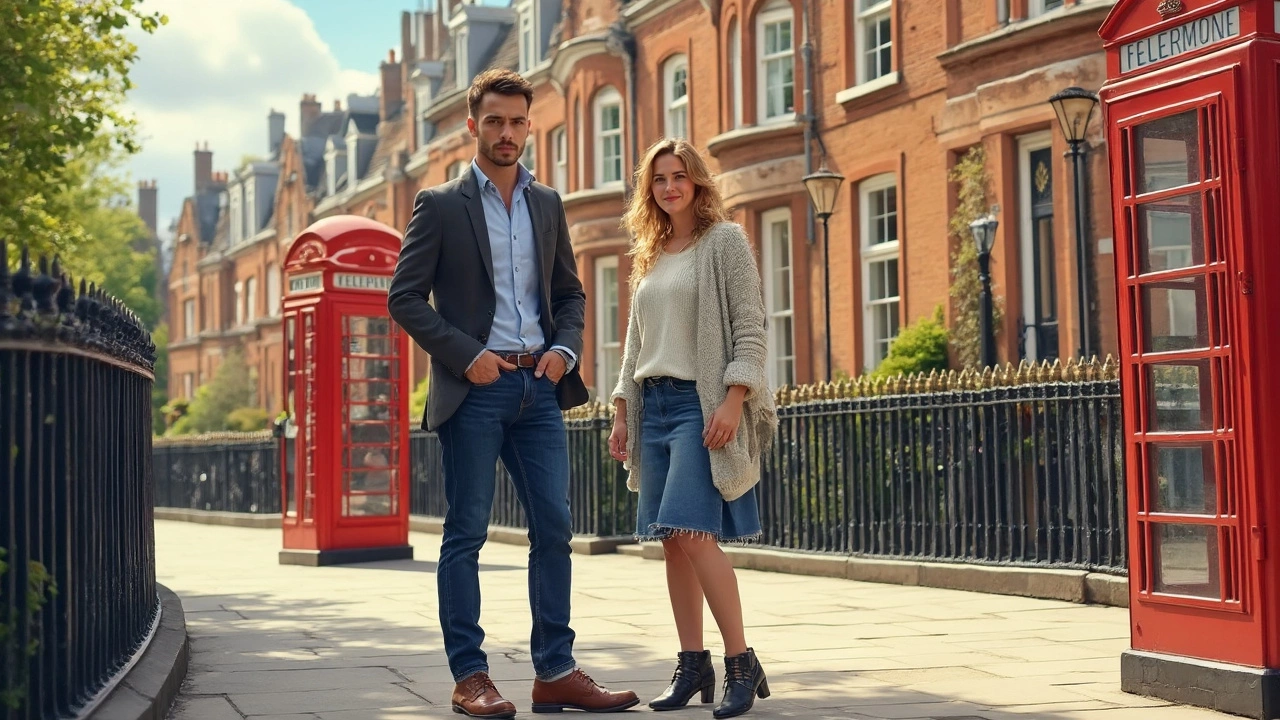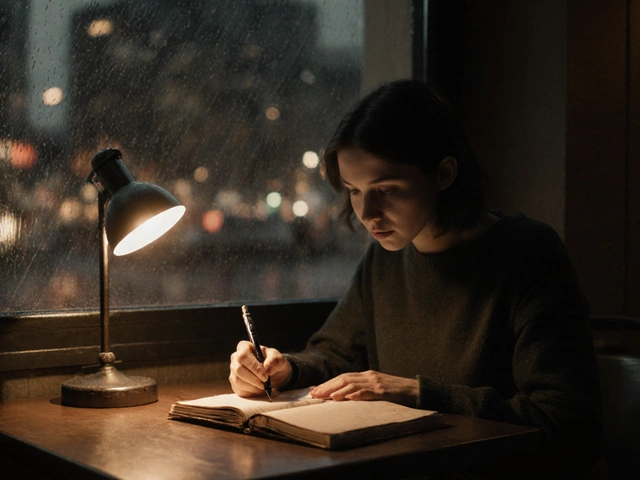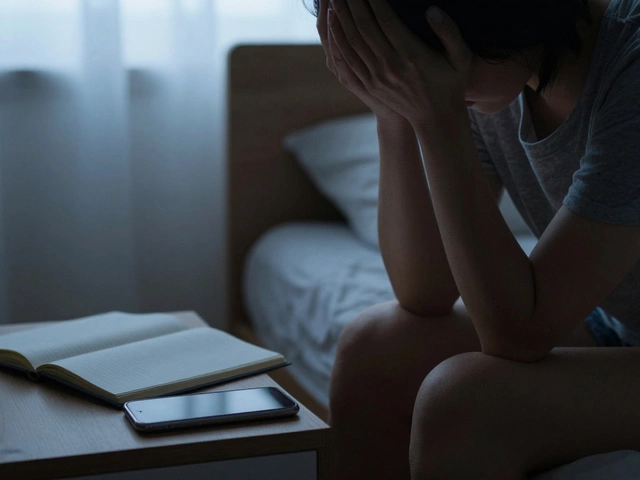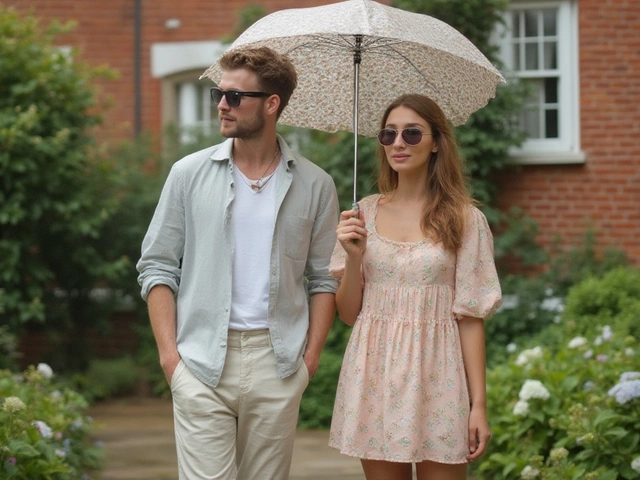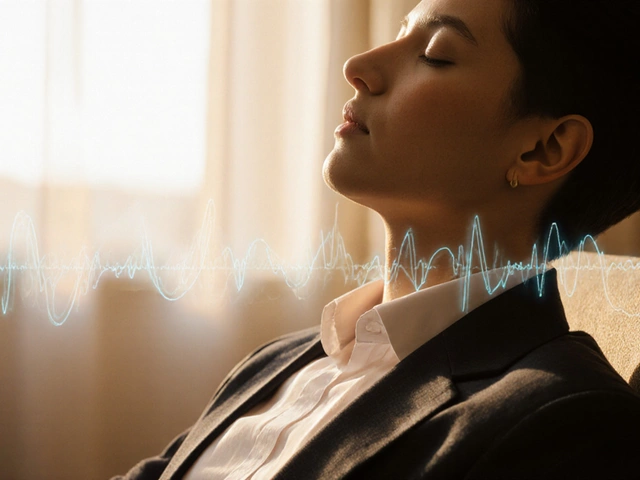Smart casual is one of those terms people throw around as if everyone knows what it means. But if you’ve ever had to Google it the night before an event—or, let’s be honest, two hours before you leave the house—you know it’s not always clear. One minute you think you’ve nailed it, the next someone tells you trainers are a sin, or your mate looks at your untucked shirt like you’re about to mop the floor. The fear of getting it wrong is real. And while there’s no shortage of guides telling you what to wear, not enough people tell you what to steer clear of. That’s where things get interesting (and sometimes brutal).
Misunderstanding the Smart Casual Basics
Before you start raiding your wardrobe, it pays to know exactly what “smart casual” isn’t. The phrase sounds simple, but there’s a world of difference between “smart,” “business casual,” and “just rolled out of bed on a Sunday.” Don't confuse this with business wear—ties and full suits are generally off the menu. At the same time, it is not just slinging on a polo shirt and hoping for the best.
One big mistake is to treat smart casual as a free-for-all. People often think, if you look clean and you’re not wearing joggers, you’re good to go. Not quite. The line is thin between relaxed chic and lazy. For example, gym wear is out. Tracksuit bottoms—even the expensive ones—don’t make the cut. Smart casual calls for stuff that looks intentional, like a crisp, well-fitting shirt paired with chinos. But a faded hoodie or those jeans you’ve been meaning to patch up? They belong in the “no thanks” pile.
Shoes are another classic trap. You might love trainers, and yes, there are expensive leather pairs that look amazing, but bright, chunky sports trainers will usually ruin a smart casual outfit. Instead, think loafers, desert boots, or a fresh pair of minimalist trainers in white or navy. Research from Debenhams found that people make snap judgments about formality by looking at shoes first. That means you need to get this detail bang on, or you risk sinking the whole look.
Avoid loud graphics or slogans. T-shirts with bold prints or messages scream “casual” and pull you out of the smart end of things. Stick to plain, well-cut tops or subtle patterns like stripes. Another underestimated factor? Ironing. It sounds basic, but wrinkled clothes, even if they’re the right kind, sabotage the whole effort.
Finally, don’t overdress. It’s called smart casual for a reason; it’s not “business casual” and it’s definitely not “wedding.” Ties, waistcoats, and double-breasted jackets don’t belong unless you’re at some sort of creative agency do where the rules are looser than your dad’s jeans from the nineties.
Avoiding the Wrong Fabrics and Colours
What you wear is one thing, but what it’s made of can break the vibe entirely. The best choice for smart casual materials? Think of stuff that’s crisp but comfy: cotton, merino wool, denim (but nothing distressed), and maybe a dash of linen when the weather’s right. Weird synthetics, cheap polyesters, and anything too shiny can backfire. These fabrics can make you look like you’re heading to a school disco or, worse, your old PE lesson. Leeds weather, for example, never quite lets you off with paper-thin shirts, so a good quality, thicker cotton or wool-mix shirt goes a long way.
Colours are another minefield. Too bright and you’re at risk of looking like you lost a bet. Too dark—especially all-black—can make it seem like you’re at a funeral or auditioning for the next Matrix reboot. Neutrals are your friend: navy, grey, beige, khaki, deep greens, and white. Throw in one accent colour if you must, but this isn’t the time to experiment with full pink suits or tie-dye (leave those for Glastonbury). Stay away from busy patterns as well—no tartan trousers unless you’re actually Scottish and it’s Burns Night, and even then, keep it subtle.
Smart casual works best when pieces look like they belong together, even if they’re different shades. Try thinking in terms of a capsule wardrobe: a few good pieces in classic colours, switched up with accessories or layering. Scarves or a single bracelet are fine, but huge football scarves or stacks of festival wristbands can kill the smart vibe in seconds. Oh, and if you’re working with checked shirts, keep the rest of your fit plain. You don’t want to look like you raided every pattern from your wardrobe all at once.
If you’re a fan of denim, go for clean, dark-wash jeans. Ripped, baggy, or acid-washed versions just make things look messy. You want fitted but not skinny—the days of spray-on jeans are mostly over, according to jeans sales data from UK retailers in 2025. And if you’re rocking chinos, make sure there’s no glaring stains or awkward bulges. Fit and finish go a long way.
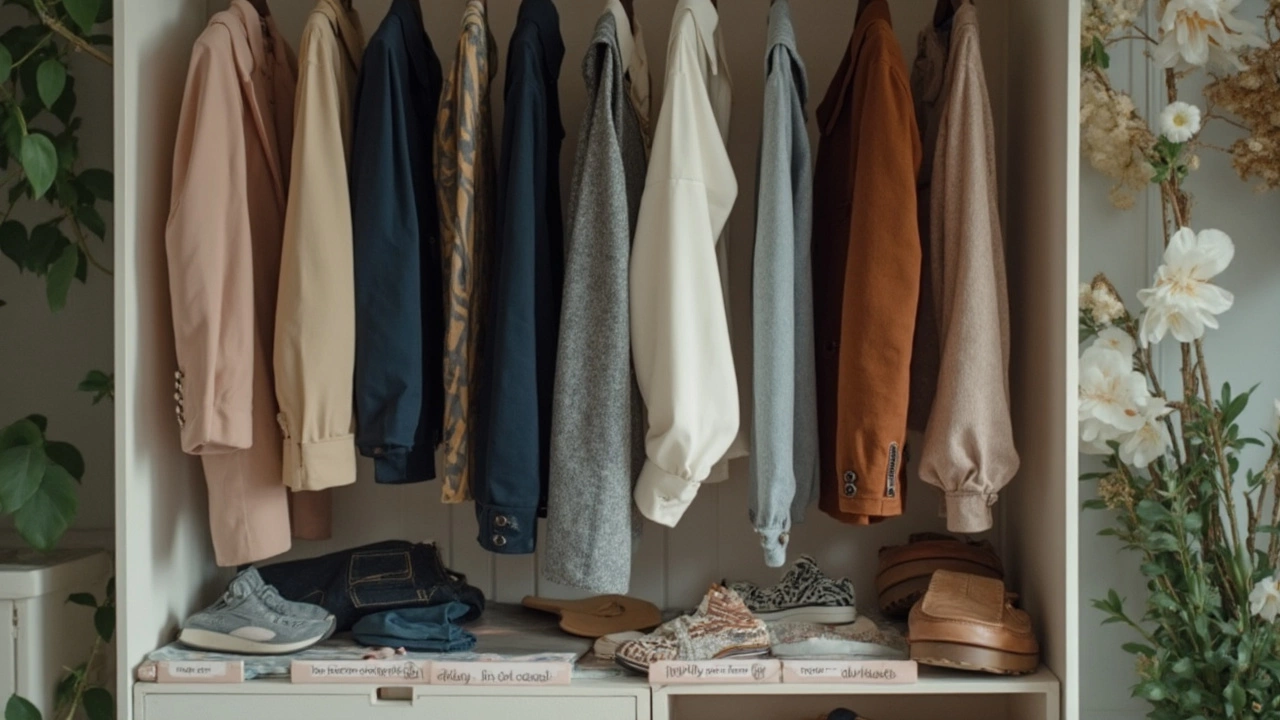
Details That Instantly Downgrade Your Look
You can have all the right clothes and still end up missing the trick if you overlook the small details. This is where most smart casual looks fall apart, usually without people even noticing what’s gone wrong. Start with belts: worn leather, weathered buckles, or, even worse, huge logo belts (yes, they’re still out there) can cheapen an otherwise good outfit. Stick to classic leather or fabric belts in black, brown, or navy—simple wins the game.
Go easy on the accessories. Watches are good, especially a classic metal or leather strap style, but avoid anything too flashy or tech-heavy. That means no chunky fitness trackers unless you’re heading to the gym—nobody cares about your step count at a dinner party. If you must, a sleek, understated smartwatch can work if paired subtly. Avoid sunglasses indoors, and never hang them on your shirt collar. This just makes you look like you’re about to head for a Yates’s beer garden, even if you’re meeting your boss for coffee.
Your bag says a lot about you. Oversized sporty backpacks? Leave them at home. Briefcases and messenger bags in real or faux leather look sharp. If you’re just carrying keys and a phone, slip them in your pocket or bring a small pouch or folio. Men’s grooming is another area that gets overlooked: scuffed shoes, dirty nails, or an untrimmed beard can undo all your hard work. According to GQ’s 2024 style survey, clean shoes and neat facial hair were the top two features women noticed first on a first date or business meeting—worth knowing before your next event.
Another detail: socks. Novelty socks (unless you work for Google or it’s Christmas) break your look. Stick to plain or understated patterns in classic colours, and make sure they aren’t covered in holes. If you must add a splash of personality, go for subtle stripes or dots. And for the love of coffee, tuck your shirt in if the hem hangs below your jacket or jumper. A little tuck can make a simple shirt look way more pulled together.
Watch out for outerwear, too. Puffer jackets, windbreakers, and obvious sports coats make you look like you got lost on your way to the pitch. Blazers, casual macs, or smart bomber jackets are your go-to. If you’re layering up for cold Yorkshire evenings, a neat crewneck jumper under a smart jacket always works. Oversized, fluffy hooded tops are fine at home, but they rarely belong out at a dinner or casual work event.
What to Skip for Different Occasions
Smart casual isn’t a one-size-fits-all thing, and what works at your mate's birthday isn’t the same for a client lunch or a date. The key is reading the room. Still, there are a few universal things to dodge in any setting, starting with shorts. As tempting as they might seem in a heatwave, shorts are rarely safe territory unless you’re specifically told they’re acceptable. Even in the more laid-back parts of Leeds, shorts can make you look like you mistook the event for a day at Roundhay Park.
Flip-flops and sandals have their place, but it’s not at the pub for Friday drinks or any event short of a poolside barbecue. Espadrilles, if you must, look less out of place, but close-toed shoes are safest. If you’re heading to a restaurant—especially one where bookings are needed—steer clear of T-shirts alone. A simple collared shirt or a crisp polo, layered with a unstructured blazer, works better.
Don’t wear anything too tight or too loose. You don’t want to be fighting with your buttons (or have them fighting for their lives) after a meal. Baggy jeans and oversized sweatshirts create a lazy look. If you’re not sure about fit, choose something tailored—the difference it makes is worth every penny. According to a 2025 retailer report, men who wore well-fitted clothes felt more confident and were more likely to receive positive comments at social gatherings.
When it comes to denim jackets, they can work if the rest of the outfit is dialed up—like neat, dark jeans or chinos and a quality shirt. But pairing denim with denim, unless you’re aiming for a cowboy look, usually backfires. Layer carefully, and remember you’re not auditioning for a Nineties boyband.
For work settings, avoid football shirts, club ties, and loud branding. Even if you support Leeds United till you die, nobody needs to see your team colours at a work meeting. Branded caps and beanies are another sure way to get marked down on the style scoreboard. Want personality? Use subtle accessories like a patterned pocket square or a standout watch instead.

Common Myths and Smart Casual Hacks
If you ask five people what smart casual means, you’re likely to get seven different answers. One myth is that you have to invest in expensive labels—wrong. High street shops in Leeds, like Next or Marks & Spencer, offer affordable pieces that still look great and feel right. It’s more about how you put things together than where your shirt came from.
Another big myth: that you have to dress “up” all the time. Some situations call for dialing things down—a clean, quality T-shirt under a sleek jacket can look effortlessly sharp. Just make sure the tee isn’t faded and the jacket isn’t creased. Wearing a smart-casual look to an event where everyone is super dressed up can be a power move if you do it right. Just keep it polished, and you’ll stand out for the right reasons.
A hack that actually works? Have a “safe” smart casual outfit you can pull out in a hurry. A navy blazer, white or pale blue Oxford shirt, clean dark jeans, and brown brogues can fit 90% of occasions where smart casual is called for. Change the shirt for a turtleneck in winter, swap the brogues for loafers in summer, and you’ve got two outfits for nearly any invite.
If you want to add a trend-driven item (like a shacket or a statement trainer), make sure the rest of your look is classic. Keep statement items to just one per outfit. Quick style upgrade: roll up your shirt sleeves cleanly, leave the top button or two undone (unless you’re wearing a tie, which, you guessed it, you shouldn’t be), and don’t be afraid to play with textures, like mixing denim with cashmere or wool.
Remember, getting smart casual right is all about balance—enough polish to look sharp, but not so much you seem stiff. Take cues from what others are wearing if you’re at a new place or event, but don’t be afraid to show a bit of personal style. Stay clear of stiff rules, but skip anything sloppy, super casual, or overly formal. Wear what feels comfortable but looks considered, and you won’t just blend in—you’ll look like you get it without even trying.

